Blog Posts
Share information about your brand with your customers. Describe a product, make announcements, or welcome customers to your store.
talkingfashion
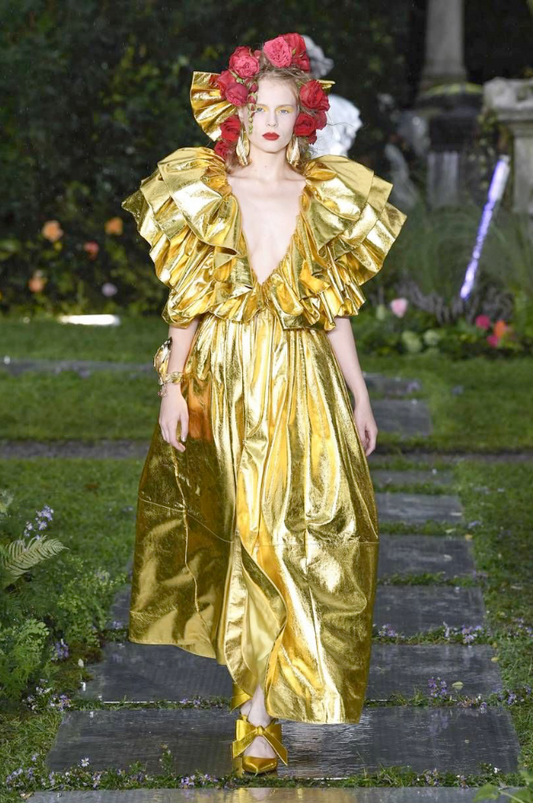
Pedal to the Metal
Pedal to the Metal by Morgan Watkins Fashion is all about standing out from the crowd, and the metallics trend sits at the height of this sentiment. Shiny style statements made...
Pedal to the Metal
Pedal to the Metal by Morgan Watkins Fashion is all about standing out from the crowd, and the metallics trend sits at the height of this sentiment. Shiny style statements made...
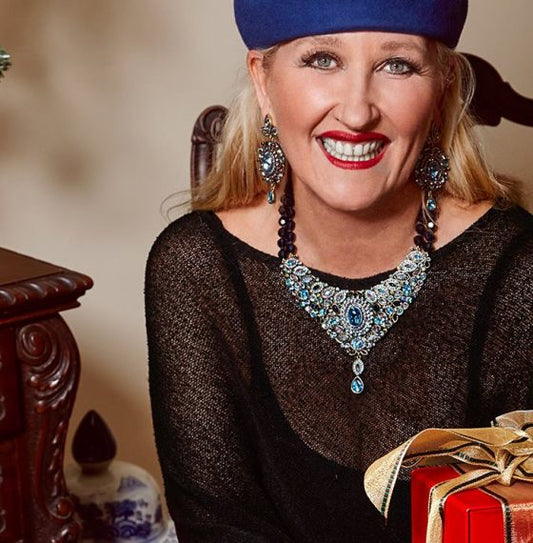
Contemporary Fashion Jewelry Designer Heidi Daus
Statement jewelry pieces is what Heidi Daus creates. Her inspiration comes from art deco and chinoiserie. Fans adore the luxurious feel her pieces give them. Due to her passion of...
Contemporary Fashion Jewelry Designer Heidi Daus
Statement jewelry pieces is what Heidi Daus creates. Her inspiration comes from art deco and chinoiserie. Fans adore the luxurious feel her pieces give them. Due to her passion of...
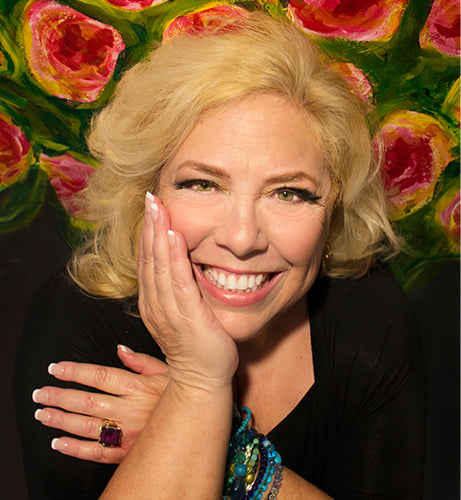
Designer Spotlight: Sugar Gay Isber
Designer Spotlight: Sugar Gay Isber By Paige McKirahan This week, we have decided to spotlight a designer that is not only prominent in our collections, but prominent in jewelry lover's...
Designer Spotlight: Sugar Gay Isber
Designer Spotlight: Sugar Gay Isber By Paige McKirahan This week, we have decided to spotlight a designer that is not only prominent in our collections, but prominent in jewelry lover's...
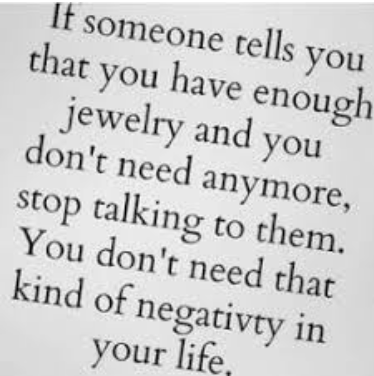
A Passion for Jewelry
I don't know about you, but to me jewelry means joy. My dear grandmother planted this seed in my head when I was a little kid. I was always intrigued by the most...
A Passion for Jewelry
I don't know about you, but to me jewelry means joy. My dear grandmother planted this seed in my head when I was a little kid. I was always intrigued by the most...
The Met Museum Presents Jewelry: The Body Trans...
The Met Museum Presents Jewelry: The Body Transformed By Paige McKirahan In the wake of The Metropolitan Museum of Art’s most successful fashion related exhibit since its conception (talking...
The Met Museum Presents Jewelry: The Body Trans...
The Met Museum Presents Jewelry: The Body Transformed By Paige McKirahan In the wake of The Metropolitan Museum of Art’s most successful fashion related exhibit since its conception (talking...
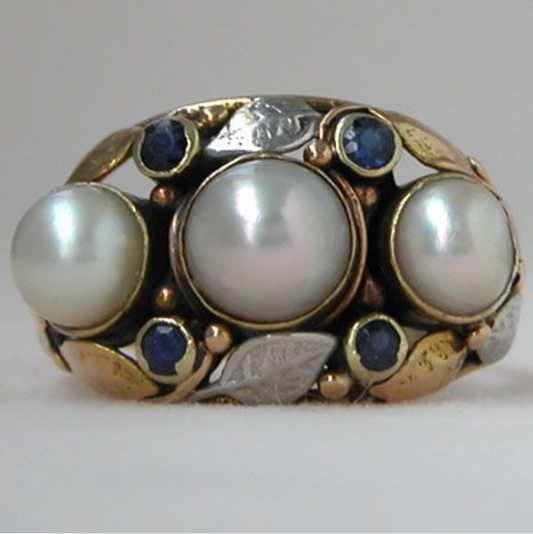
Jewelry Explosion from the Arts & Crafts Movement
Jewelry Explosion from the Arts & Crafts Movement by Morgan Watkins There’s something about some good old fashion DIY-ing that can give you an overwhelming sense of pride and satisfaction....
Jewelry Explosion from the Arts & Crafts Movement
Jewelry Explosion from the Arts & Crafts Movement by Morgan Watkins There’s something about some good old fashion DIY-ing that can give you an overwhelming sense of pride and satisfaction....
